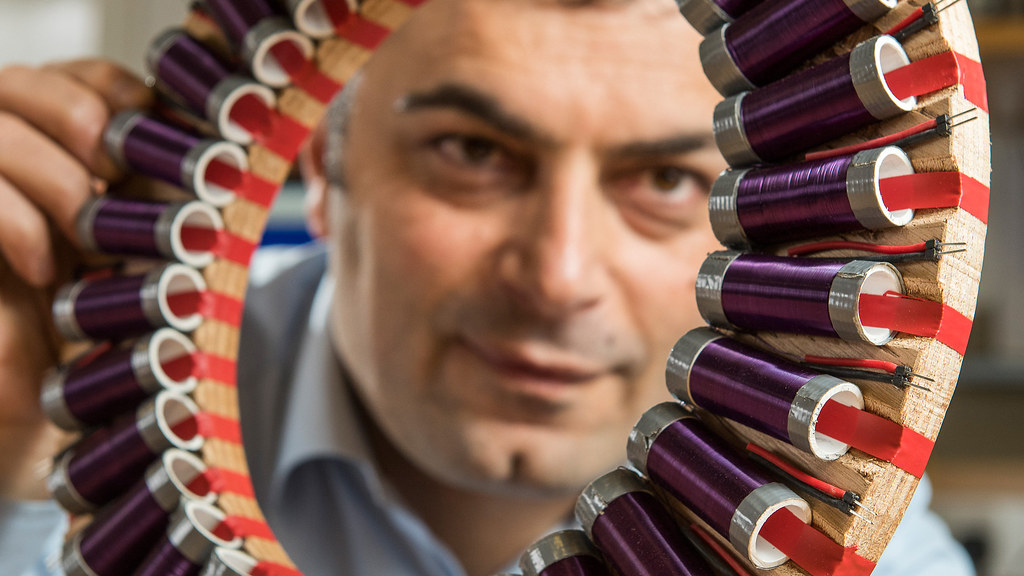Oil forms the basis of many of our everyday products, as well as still powering most of the world's cars and about 4% of its electricity. Formed when fossilised algae and zooplankton are subjected to millions of years of intense heat and pressure, it is drilled from 1500 fields concentrated in the Middle East, South America and Russia.
The by-product of these oil fields is not just carbon emissions, but also what the industry refers to as 'produced water'. This salty water contaminated with hydrocarbons can have serious environmental and economic consequences if it isn't managed correctly. But accurately calculating the proportion of produced water mixed with extracted oil has long been a problem for the industry.
Searching for a safe method
During extraction, oil flows up from deep in the earth's ground, often in combination with natural gas and water. This is called multiphase flow due to the different substances mixed together and their differing properties (liquids and gases).
The water will eventually be separated from the oil and gas, often by a company specialising in this process and not by the extractor company itself. Miscalculations can result in some water remaining mixed with the oil as it is bought and sold by companies down the supply chain. The financial cost of this lower oil percentage (due to the higher water content) will often be recouped from the consumer with higher prices at the petrol pump. For the water that has been removed, its salinity can cause expensive damage to refinery plants and unbalance fragile ecosystems once released back into the environment.
Accurately detecting relative proportions within a flow is extremely difficult. In the past, techniques to measure multiphase flow were labour-intensive, complicated and expensive. Often, they relied on intrusive sampling methods or using dangerous radioactive sources to generate gamma rays. Sensing a gap in the market for a better solution, we teamed up with a group of entrepreneurs to collaborate on a proof of concept test device that used tomographic imaging.
Non-invasive imaging solution
We began work developing a magnetic induction tomography (MIT) imaging technique for mixtures that included gasses and liquids, known as low-conductivity two-phase flows. To improve image accuracy and reduce noise we used advanced nonlinear imaging algorithms and tested this in our state of the art MIT prototype instrument.
To image multiphase flows we would also need to apply electrical capacitance tomography (ECT) and eventually combine this with the MIT imaging. Historically, ECT devices have limited usage as they do not work well in an environment containing water. We worked on an enhanced ECT device with an increased signal frequency that could survive in a water environment.
We then looked at creating a dual-modality technique that combined both ECT and MIT to image three-phase flows. The result is a new type of multimodality imaging system that can penetrate a mix of oil, gas and water safely and non-invasively with an accuracy of better than 0.1%
New companies

Starting in 2013 our industry partners founded two startup companies to exploit our new imaging techniques: iPhase Ltd in the UK and LeEngSTAR in China. Between them, the two companies support over 50 members of staff including some of our tomography researchers who took part in the original feasibility studies. Both companies have products developed for the commercial market with our multi-modality imaging system supplying energy companies with the accurate data they need to better manage produced water and protect our environment.
